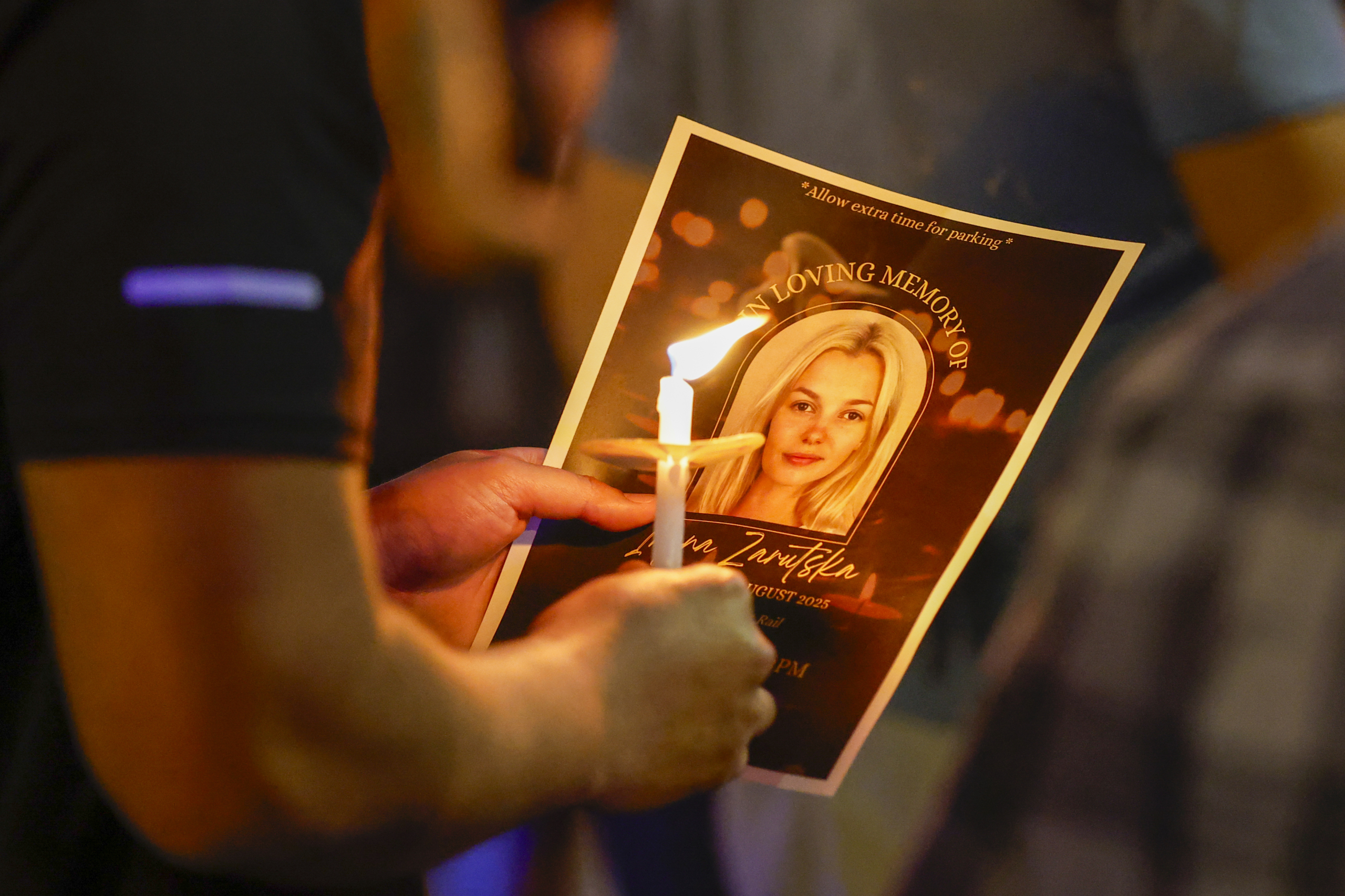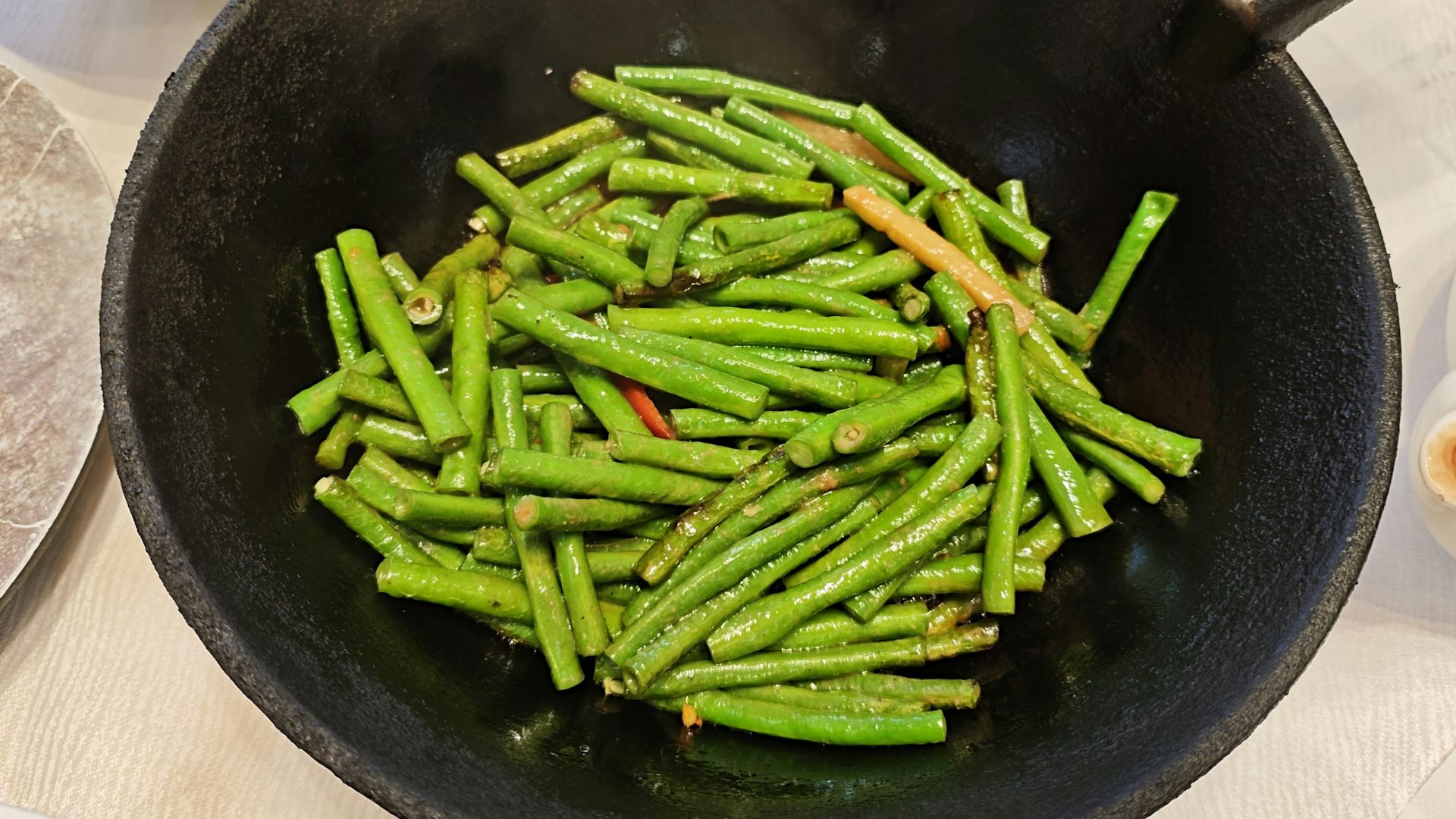By GARY D. ROBERTSON Associated Press
RALEIGH, N.C. (AP) — North Carolina’s Democratic governor signed into law on Friday a criminal justice measure that the state’s Republican-controlled legislature approved in response to the stabbing death of a Ukrainian refugee on a Charlotte commuter train, even while opposing provisions within or wishing for others left out.
Gov. Josh Stein said he signed the bill because it “alerts the judiciary to take a special look at people who may pose unusual risks of violence before determining their bail. That’s a good thing.”
The new law bars cashless bail for certain violent crimes and for many repeat offenders. It also limits the discretion magistrates and judges have in making pretrial release decisions, gives the state chief justice the ability to suspend magistrates and seeks to ensure more defendants undergo mental health evaluations.
But Stein had harsh criticism for other portions and said lawmakers had failed in the legislation to approve his public-safety proposals, which included increased pay for law enforcement. He also said the measure failed to focus properly “on the threat that people pose instead of their ability to post bail.”
“I’m troubled by its lack of ambition or vision,” he said during a short video statement. “It simply does not do enough to keep you safe.” He also blasted a portion of a section that seeks to restart executions in North Carolina, where capital punishment was last carried out in 2006.
Still, the action by Stein, a former state attorney general, affirms in law reforms demanded by GOP politicians and their allies. Stein had until late Friday to act on the bill, which could have also included vetoing it or letting it become law without his signature.
Stein accepted the measure even as Republican lawmakers, including President Donald Trump and Vice President JD Vance, have blamed Democratic leaders in Charlotte and statewide for soft-on-crime policies they allege allowed the suspect in Iryna Zarutska ’s Aug. 22 death to stay out of custody. The outrage intensified with the release of security video showing the attack.
Democrats have called the accusations politically motivated, with several arguing during debate last week that the legislation not only wouldn’t address the root causes of crime but also lacked funding for more mental health services. While Republicans are one House seat shy of a veto-proof majority at the General Assembly, the bill received bipartisan support in the chamber, making it more likely that any Stein veto could have been overridden.
“Finally, we are getting dangerous criminals off our streets so we can make sure no one else suffers the heartbreak that Iryna Zarutska’s family endured,” Charlotte-area Republican state Rep. Tricia Cotham, who helped shepherd the legislation, said in a news release.
Decarlos Brown Jr., the man accused in Zarutska’s death, has been arrested more than a dozen other times and previously served more than five years on a violent robbery count, according to court records.
A magistrate allowed Brown to be released on a misdemeanor charge in January on a written promise to appear, without any bond. Brown was arrested at that time after repeatedly calling 911 from a hospital, complaining that someone was trying to control him with a foreign substance. He is now charged with both first-degree murder in state court and a federal count in connection with Zarutska’s death. Both crimes can be punishable by the death penalty.
The new law requires certain appeals for death-row inmates to be heard and reviewed by courts by the end of 2027 and opens the door to using other capital punishment methods — perhaps firing squads — should a court declare lethal injection unconstitutional or if it’s “not available,” because the drugs can’t be accessed.
The law doesn’t specifically name firing squads. Still, Stein said Friday “there will be no firing squads in North Carolina during my time as governor,” calling the idea “barbaric.” Stein has previously said he supports the death penalty for the most “heinous crimes,” but had reiterated that the current legal process holding up executions needs to be completed.
The state NAACP chapter condemned Stein’s bill-signing, saying that he “chose cruelty over justice, and the legislators from both parties who pushed it forward are equally responsible for this shameful failure of leadership.”
Stein also mentioned last weekend’s shooting at a waterfront bar that left three patrons dead and several injured while calling for more mental health services and efforts to keep guns out of the hands of “dangerous people.”
“It’s time to get real about the causes of violence and to take meaningful action to address them,” he said. The legislature is next scheduled in Raleigh on Oct. 20.














